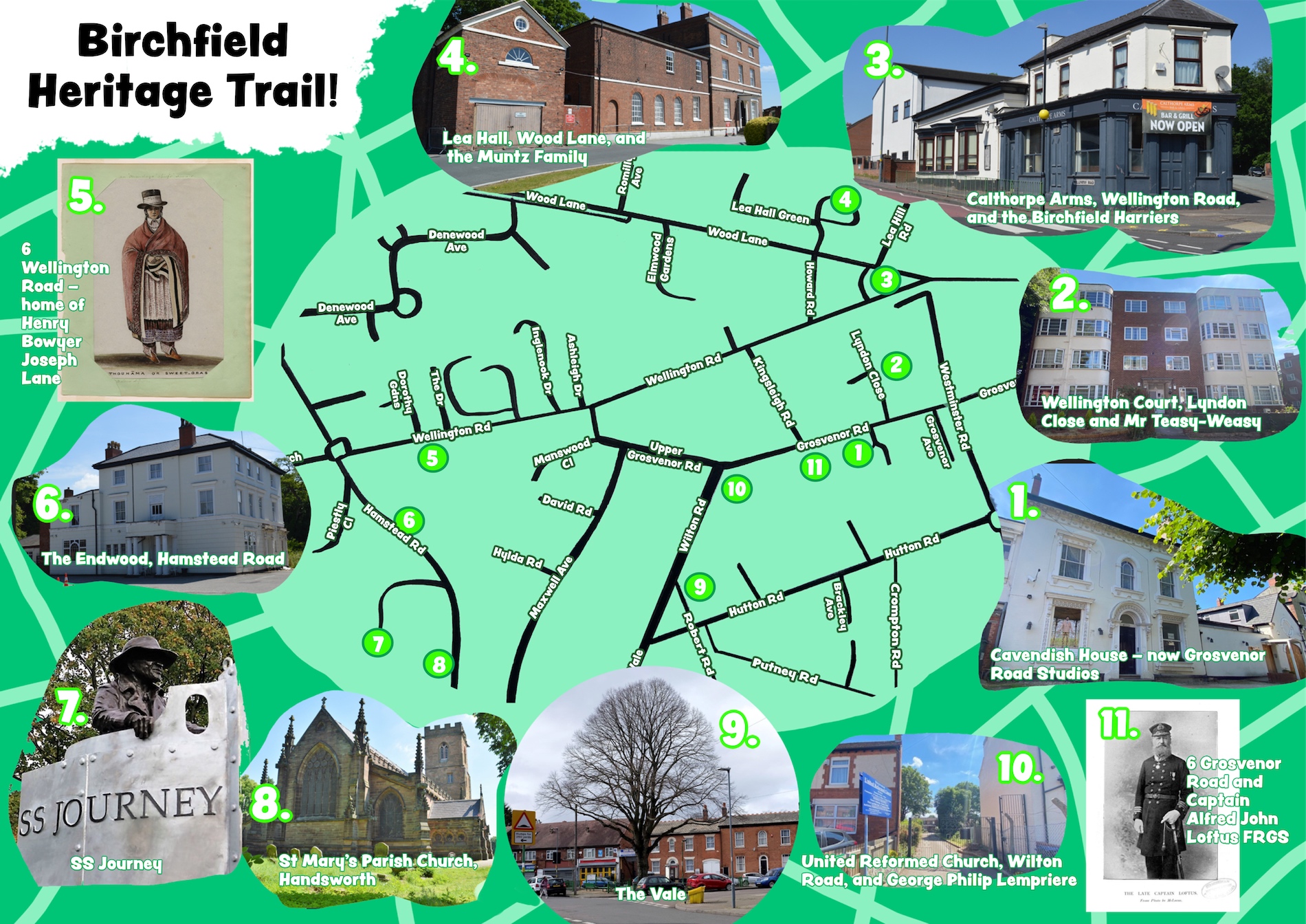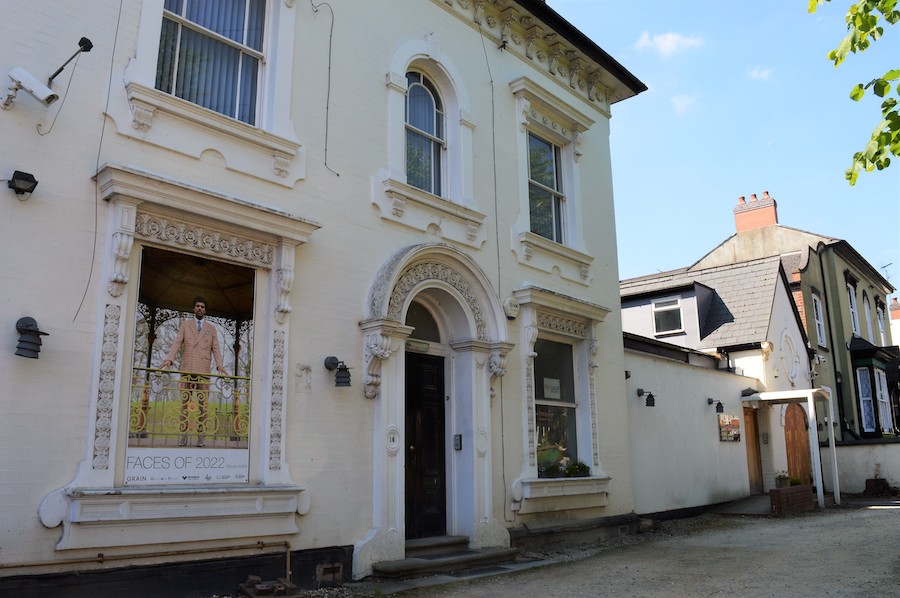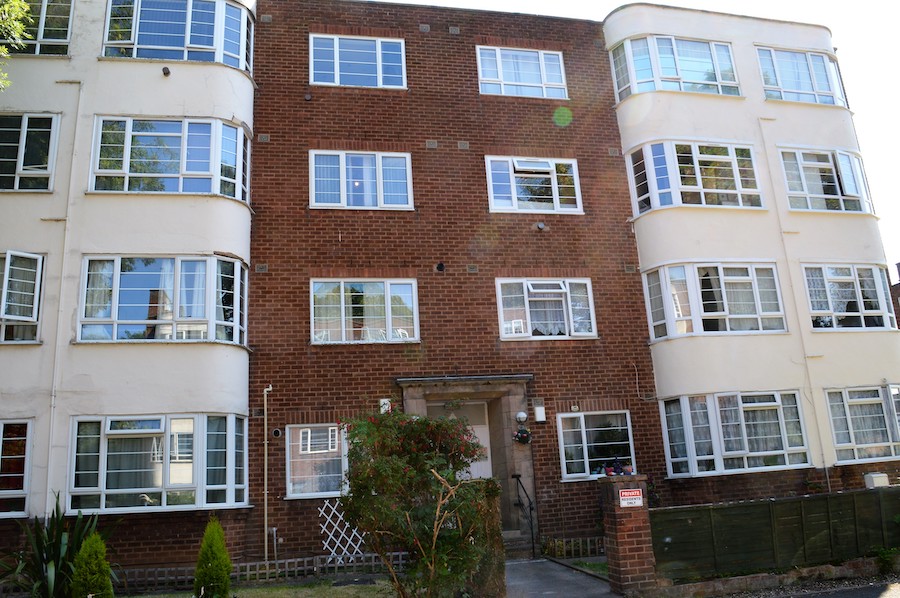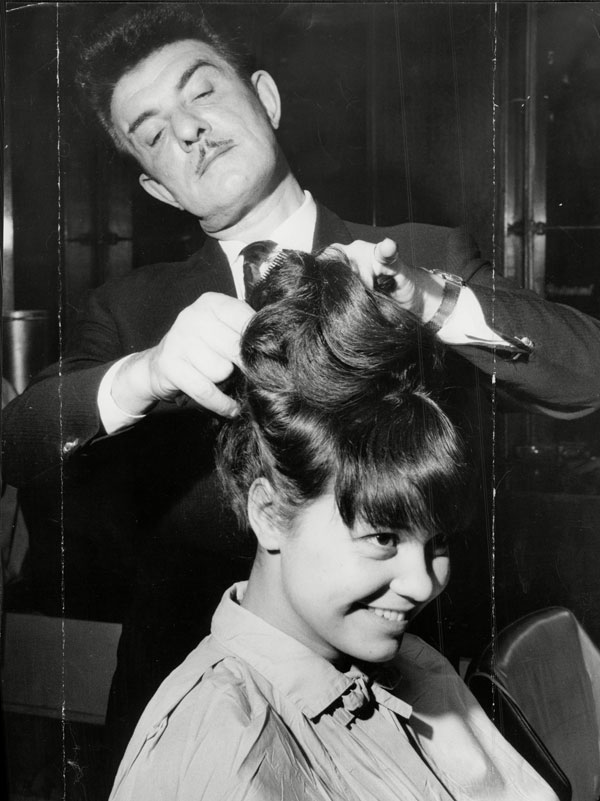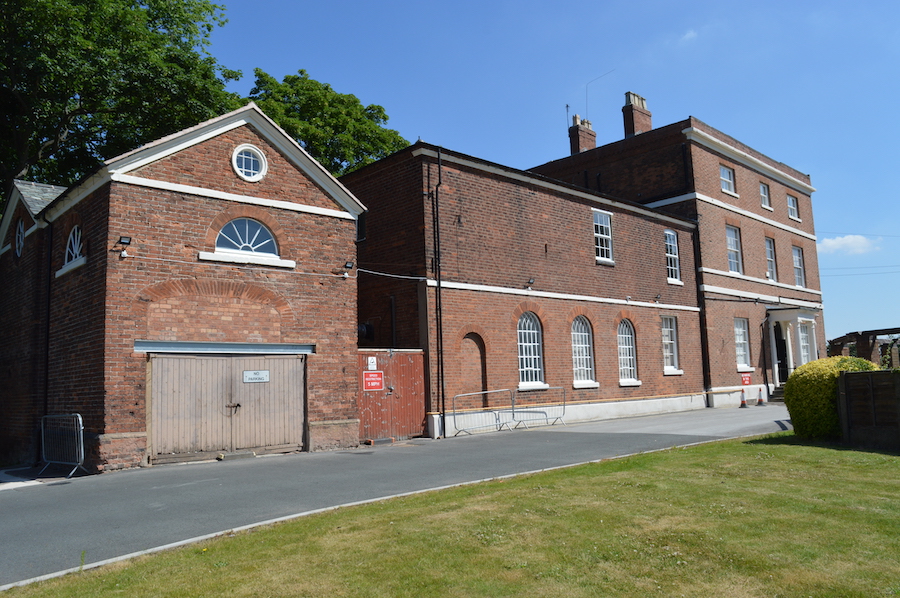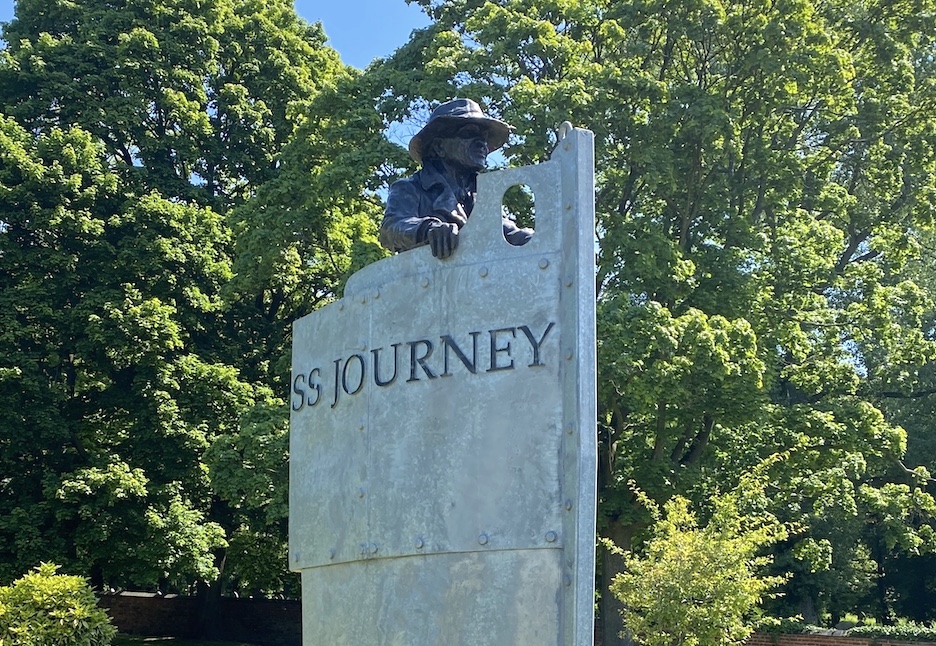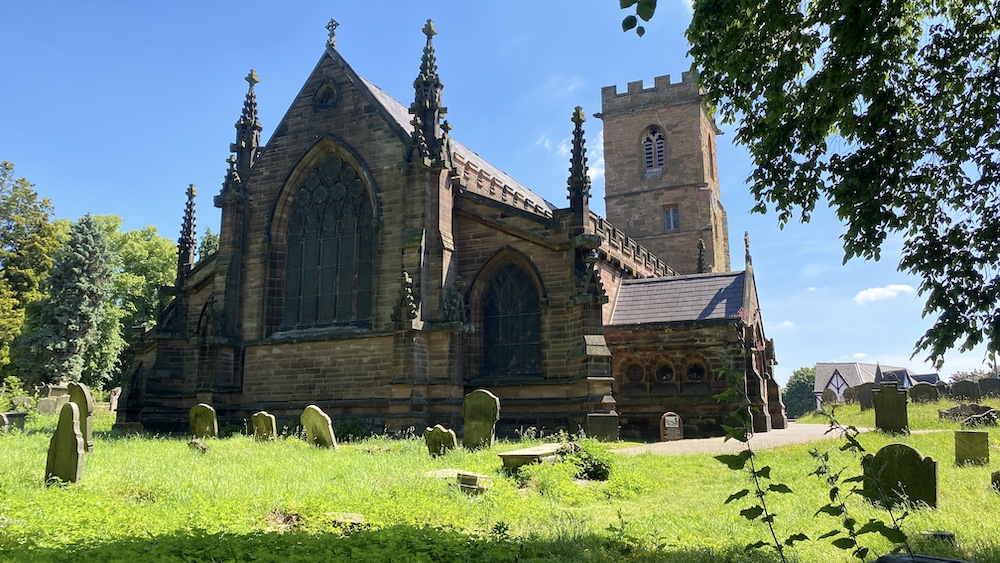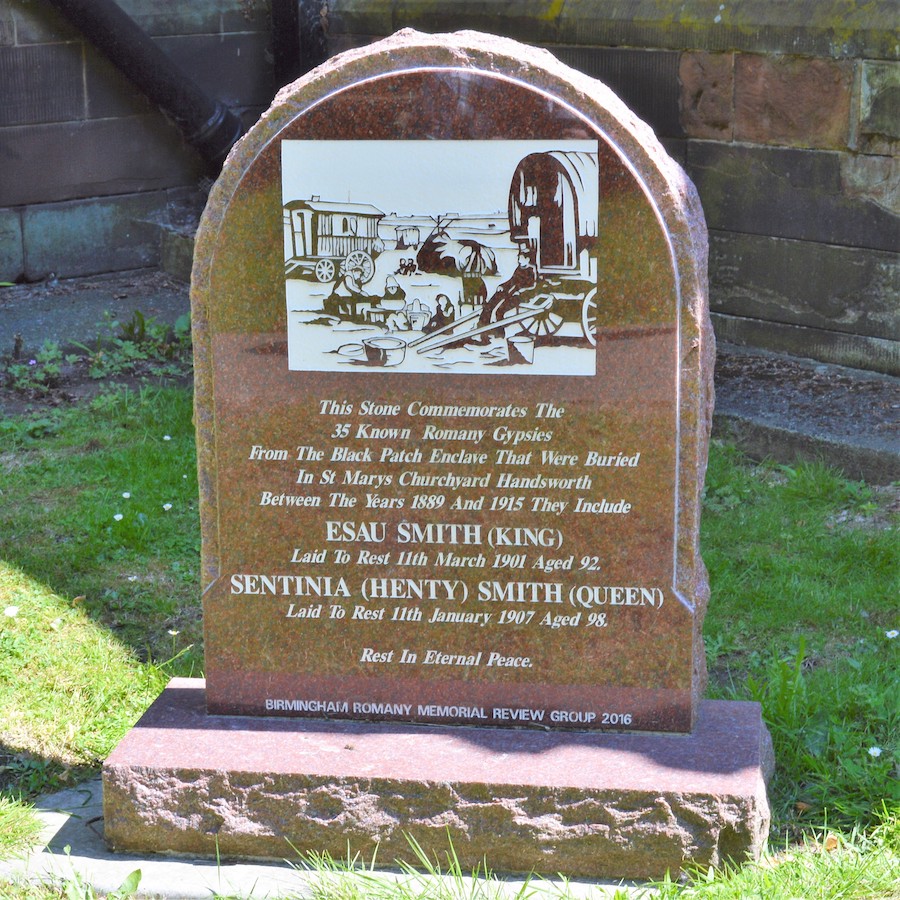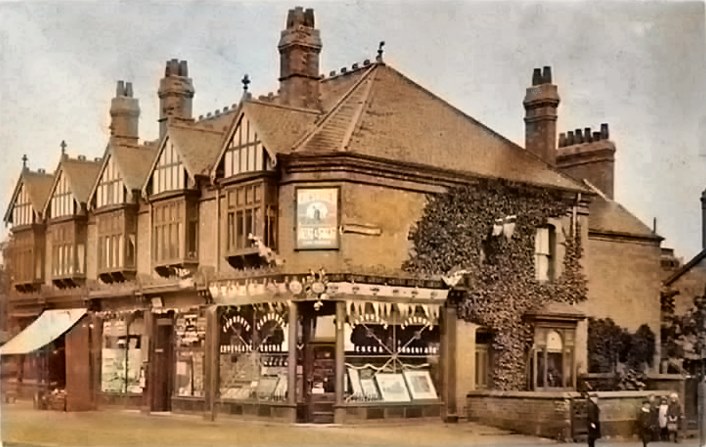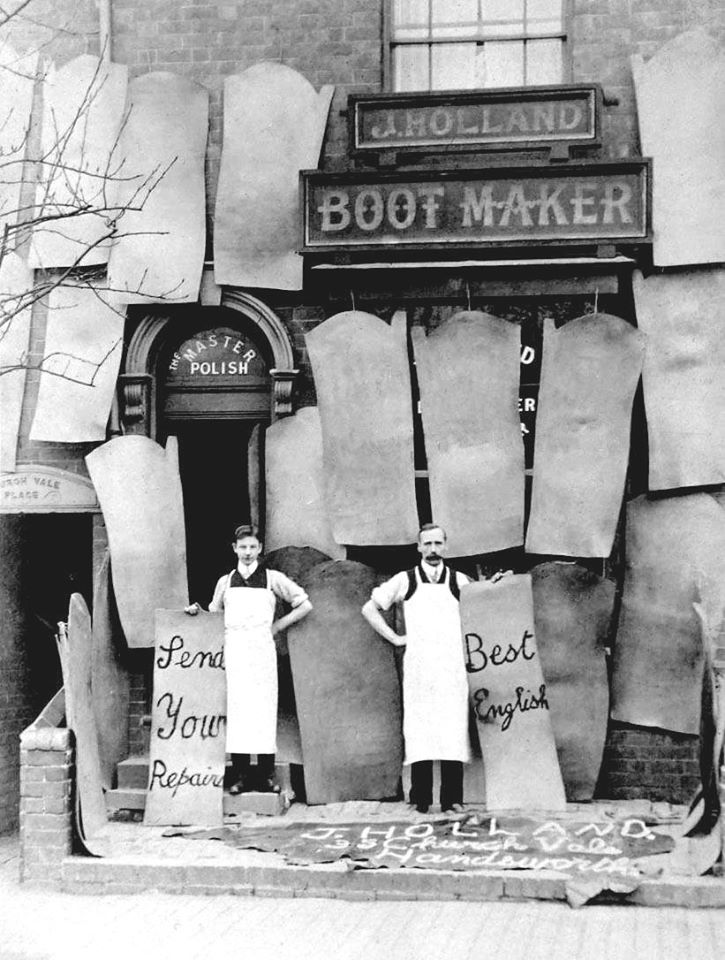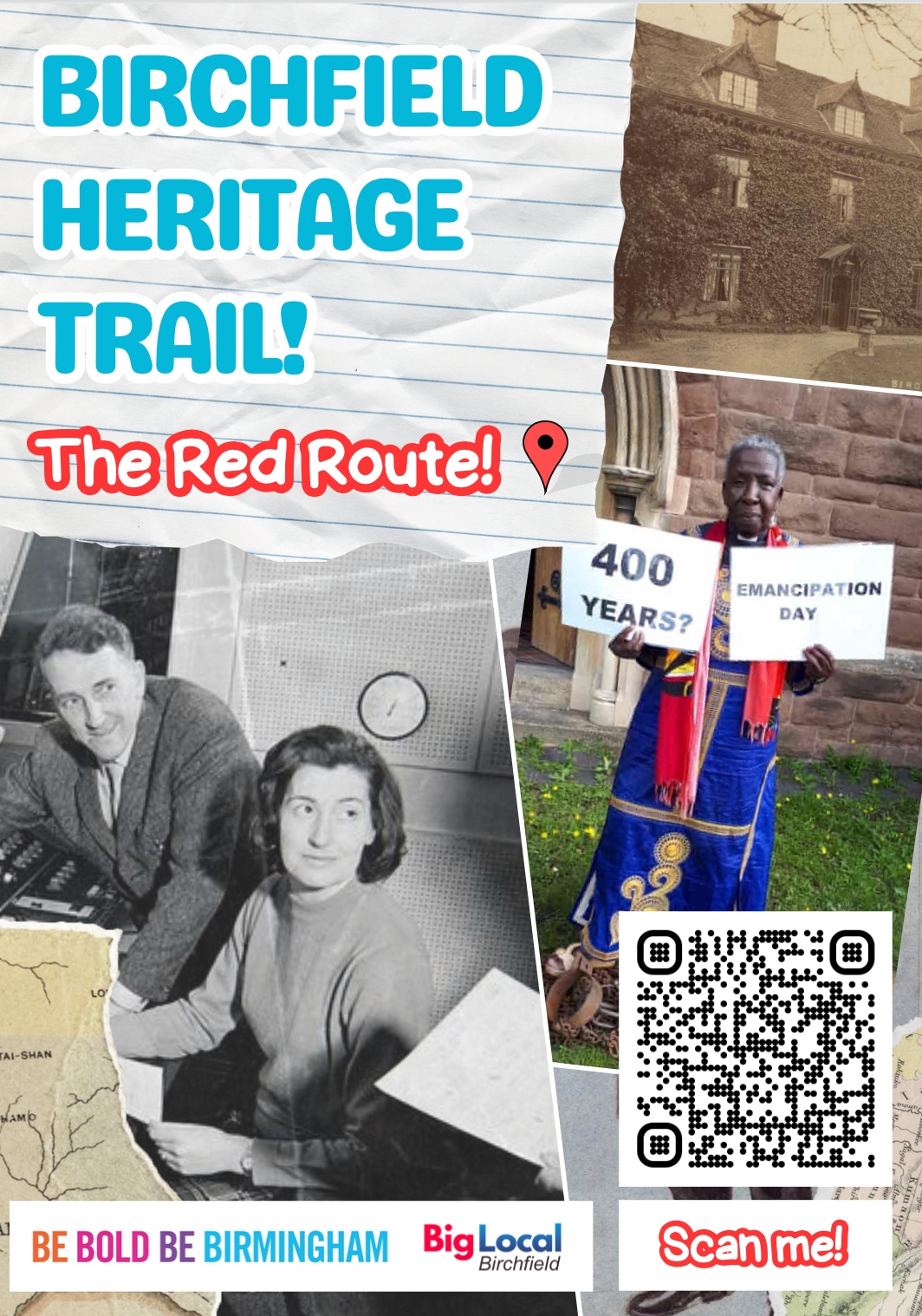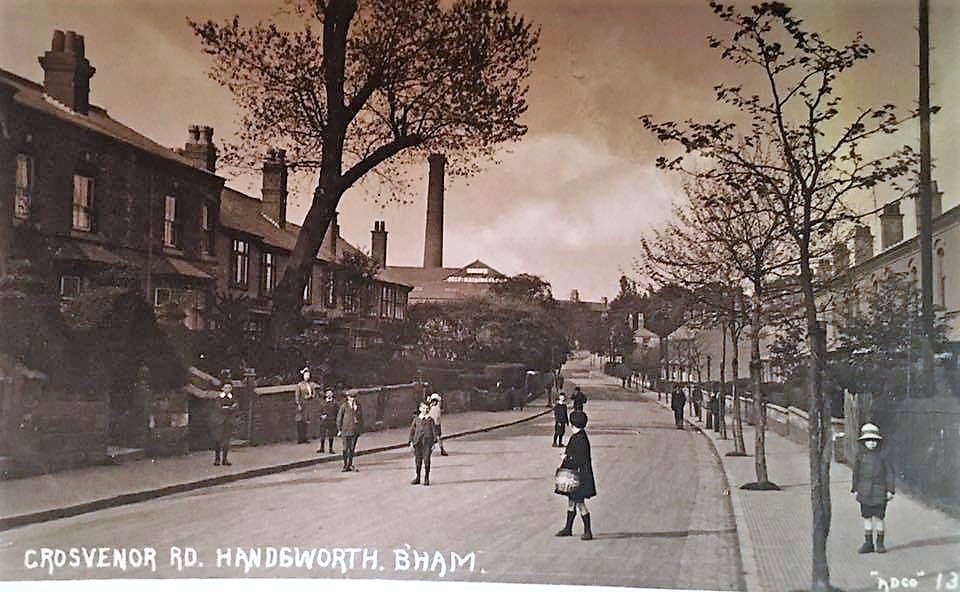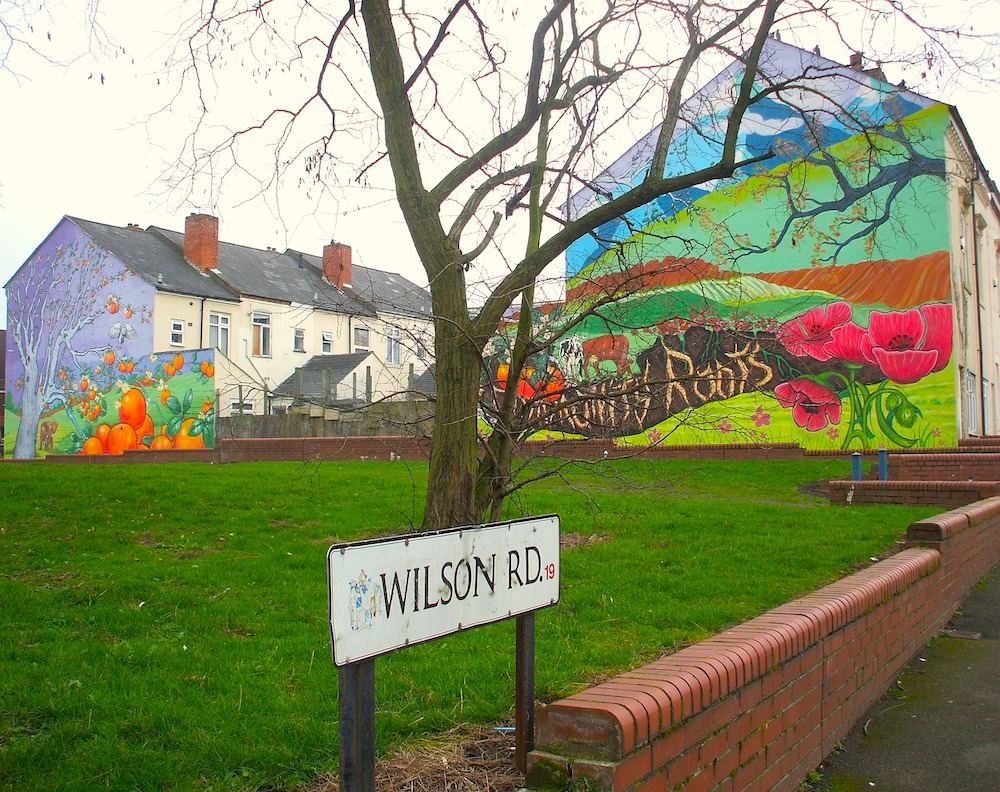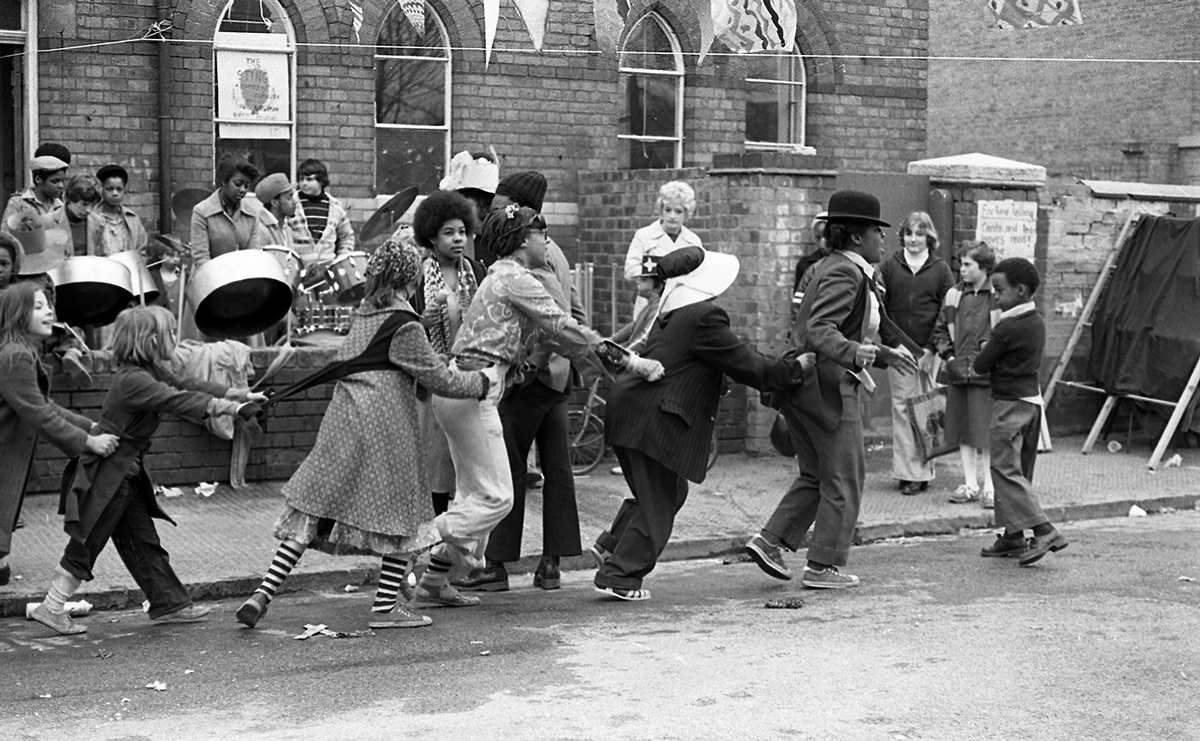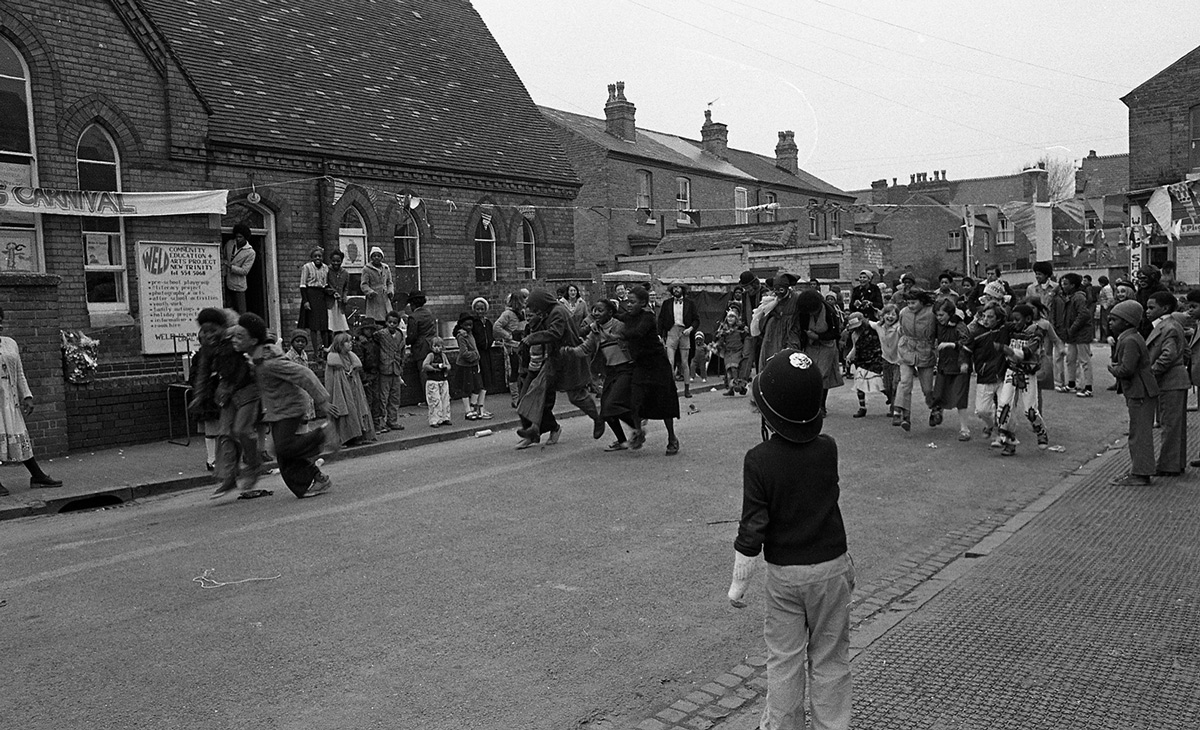Welcome to the Birchfield Heritage Trails
The two Birchfield Heritage Trails – Green and Red – aim to celebrate the history and diverse cultural heritage of this area of Birmingham situated north of the city-centre and a short distance from the Alexander Stadium – home to the Birchfield Harriers and one of the main venues for the Commonwealth Games 2022.
The two trails form part of twenty heritage trails across the city funded through the Commonwealth Games Legacy Fund.
The trails reveal some of the hidden secrets of the Birchfield area, how the place has changed over time and the many links between Birchfield and other parts of the world including Commonwealth countries. The trails raise questions about aspects of Britain’s colonial history, the impacts of which continue to the present day.
A guided tour of the Green Trail was organised for Birmingham Heritage Week 2022 and printed copies of this trail are available. The second – Red Trail – is now complete and we plan to run guided tours of both in the coming year, including during Birmingham Heritage Week 2023.
We also want to encourage people to explore Birchfield on their own or with friends and family as part of a self-guided tour – hence the map, leaflet and QR code.
The two trails touch on just a small part of the history and heritage of the area so we are keen to learn about and document other stories and connections that help put Birchfield on the map.
The Green Trail
Home in 1872 to James Henry Stone – brother of MP and photographer Sir Benjamin Stone, the building later became the Hollick and Taylor Studios – one of the oldest operational recording studios in the UK.
Built in 1872 it was originally the home of James Henry Stone a local JP and Brass Founder (1829 – 1908). He was at various times – Chair of Handsworth Library Committee, a churchwarden at St Silas in Lozells and on the committee of the Handsworth Bridge Trust. He was also one of the promoters of the scheme to create Victoria Park (now Handsworth Park) and opened in 1887 to celebrate Queen Victoria’s Golden Jubilee. His brother was Sir Benjamin Stone MP and keen photographer. There exists a photograph of James Henry (dated 1880) and of the house and garden, both taken by his brother.
James Henry Stone is buried in St Mary’s churchyard along with his immediate family. His wife and two children all died before him, so his name is at the bottom of the impressive gravestone.
The house was acquired in 1945 by John and Joan Taylor as a family home. Shortly afterwards the Taylors converted part of the building into a recording studio and teamed up with Charles Hollick to create the Hollick & Taylor studios. It is the oldest operational recording studio in the city and reputedly one of the oldest in the UK after Abbey Road.

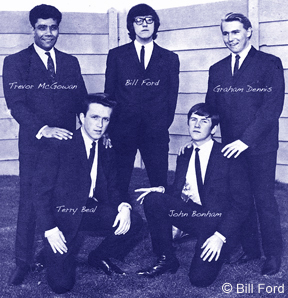 Both Noddy Holder (with Steve Brett & the Mavericks) and John Bonham (with The Senators) made their first recordings at Grosvenor Road. It was also used by Spencer Davis. Other bands to record there include The Applejacks, The Fortunes, The Moody Blues, The Move, and others that were part of the city’s Brum Beat movement. The Brighouse and Rastrick Brass Band recorded their UK No. 2 hit “The Floral Dance” there, and Jasper Carrott’s double A-side comedy single “Funky Moped“/”Magic Roundabout”, a UK Top 5 chart hit, was produced by Jeff Lynne, with Bev Bevan on drums and backing vocals on the former track. Comedian Ken Dodd recorded his radio shows at GRS. Cliff Richard used the studio to launch his 1976 I’m Nearly Famous album.
Both Noddy Holder (with Steve Brett & the Mavericks) and John Bonham (with The Senators) made their first recordings at Grosvenor Road. It was also used by Spencer Davis. Other bands to record there include The Applejacks, The Fortunes, The Moody Blues, The Move, and others that were part of the city’s Brum Beat movement. The Brighouse and Rastrick Brass Band recorded their UK No. 2 hit “The Floral Dance” there, and Jasper Carrott’s double A-side comedy single “Funky Moped“/”Magic Roundabout”, a UK Top 5 chart hit, was produced by Jeff Lynne, with Bev Bevan on drums and backing vocals on the former track. Comedian Ken Dodd recorded his radio shows at GRS. Cliff Richard used the studio to launch his 1976 I’m Nearly Famous album.
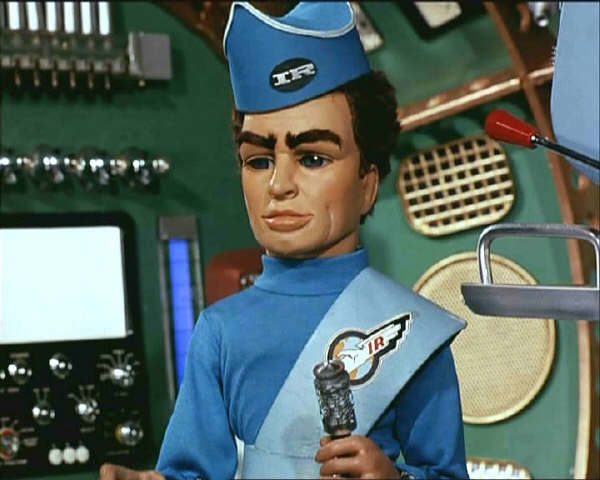 Working together in the studio, John and Joan Taylor also made recordings for film and television, including the Gerry Anderson series Thunderbirds and Stingray. They helped develop a lip synch mechanism that was later used on Captain Scarlet. Dubbing was also done there including for the 1961 film The Guns of Navarone.
Working together in the studio, John and Joan Taylor also made recordings for film and television, including the Gerry Anderson series Thunderbirds and Stingray. They helped develop a lip synch mechanism that was later used on Captain Scarlet. Dubbing was also done there including for the 1961 film The Guns of Navarone.
Reggae legends Jimmy Cliff and Steel Pulse recorded here as did Ska band Ranking Roger (Roger Charlery) and the Beat.
The studios are now home to acapella group – Black Voices – and managed by a voluntary board.
Built in the Art Deco style, these flats were home to the first TV celebrity hairdresser, Raymond Bessone or Mr Teasy-Weasy. “A teasy-weasy bit here and a teasy-weasy bit there”
These three blocks of flats, built in the Art Deco style, are on a site once occupied by a large house called The Lindens – hence Lyndon Close. Linden is an alternative name for the Lime Tree of which there are many to be found in this area.
Wellington Court was once the home of Raymond Bessone – Mr Teasy-Weasy – the first ever TV celebrity hairdresser. Born in Brixton, London, in 1911 Raymond learned his craft in his father’s barber’s shop. He later opened a shop of his own in Mayfair and was the first hairdresser to showcase his talents with a programme on tea-time TV. He opened salons in several major cities including Birmingham. He also trained the next generation of celebrity stylists including Vidal Sassoon.
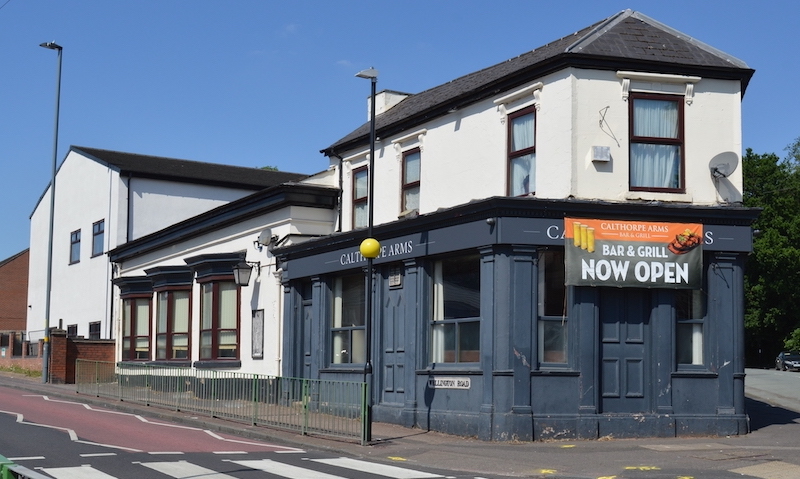
The Calthorpe Arms was the headquarters for the Birchfield Harriers in the early years from 1877 to 1881. The club’s opening run was held here. Now one of the UK’s premier athletic clubs the Harriers are based at the Alexander Stadium in Perry Barr.
The Birchfield Harriers were formed in 1877 following a dispute over a cross-country race. The dissatisfied competitors decided to call a meeting and form a separate cross-country club named after the district at the centre of their activities – Birchfield.
The Calthorpe Arms was used as their headquarters from 1877 to 1881 when they moved to Aston Lower Ground. The emblem of the Harriers is a running stag. The Harriers has been represented at every summer Olympics bar one since 1908.
Birchfield Harriers’ first athletics meeting was held at the Aston Lower Grounds, next to what is now Villa Park. By the 1920’s the club had saved enough money to build their own stadium in Perry Barr, the original Alexander Stadium being named after W. W. Alexander who had devoted his life to the early development of the club. It was completed in 1927 in time to celebrate the club’s 50th Jubilee.
The old Alexander Stadium was used for a variety of sports and was even used as a POW camp in WW2. Eventually as other stadiums started to install synthetic tracks, a decision was made to work together with the city council on a new stadium in Perry Park. The old stadium is now home to Greyhound racing.
The new Alexander Stadium opened in 1978 and has now been transformed for the 2022 Commonwealth Games.
Lea Hall was built for the Muntz family in 1790. The family combined business and politics, with three members of the family – George Frederick, Philip Henry and Philip Albert Muntz all representing Birmingham in Parliament over a period of 66 years – though never more than one at a time!
Lea Hall was named after Lea Hall Farm which stood on Wood Lane. The earliest reference to the name dates from 1635 but the present hall dates from 1790 and is a Grade II listed building and was built for the Muntz family.
The most notable member of the family was George Frederick Muntz (1794 – 1857) who was an industrialist and Liberal Party MP for Birmingham from 1840 till his death. As an industrialist G. F. Muntz developed Muntz Metal, a brass alloy that replaced the more expensive copper to prevent fouling by barnacles and other marine life on ocean going ships. The Cutty Sark was one such ship. Muntz was a supporter of political reform and member of the Birmingham Political Union whose actions led to the Political Reform Act of 1832.
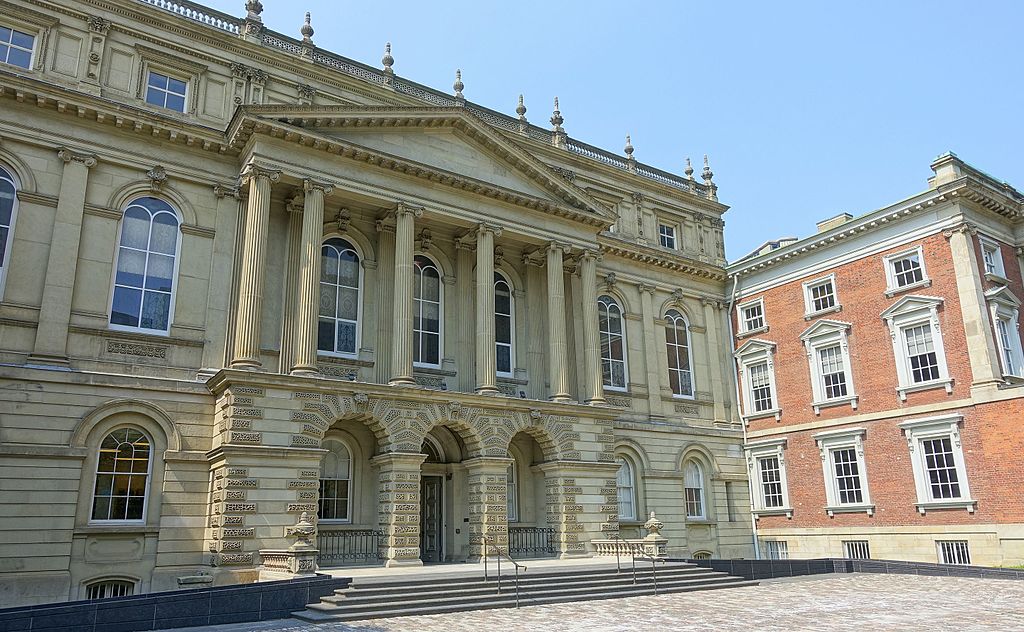
The home of Henry Bowyer Joseph Lane, prominent architect and water colourist, once stood here at 6 Wellington Road.
His father – Henry Bowyer Lane – was one of the beneficiaries from the compensation paid to slave owners following the Slave Compensation Act 1837.
Henry Bowyer Joseph Lane (1817–1878) was a prominent architect in Toronto, Canada in the 1840’s. He made major additions to Osgoode Hall, the home of the Law Society in Upper Canada. Osgoode Hall is illustrated here alongside a watercolour that Lane made of The Grange, built in 1817, and one of the oldest buildings in Toronto. Lane moved back to England in 1847 and is listed as living in Birchfield at the time of the 1851 census where his occupation is given as “Proprietor of Coalmines”.
Lane later moved to Australia where he held a variety of roles including police magistrate and deputy sheriff in the Colony of Victoria. Some sources say he died in Birchfield but the evidence is that he died in Warrnambool, Victoria. There is a memorial plaque to Lane in St John’s Anglican Church, Port Fairy, Victoria.
His father, Henry Bowyer Lane (1782 – 1837) was awarded compensation for the enslaved on the Spring Valley estate in the parish of St Thomas in the East, Jamaica along with Robert Stewart. Henry Bowyer’s claim arose from his second wife (Jane Thomson). In his will it states that his assets include: “One third part of a Sugar Plantation called Spring Valley in the island of Jamaica together with the slaves, stock utensils etc thereon the property of my present wife and settled on her and her children.”
The amount received was £4,044 17s 9d for 210 enslaved.
After decades of campaigning, the Slavery Abolition Act was passed in 1833. The plantation owners in the Caribbean, represented by the London Society of West India Planters and Merchants (now the West India Committee), opposed abolition. The 1837 Act paid £20 million, equivalent to £17 billion in today’s money, and constituting 40% of the Treasury’s tax receipts at the time to the former slave owners, but nothing to the liberated people.
Legacies of British Slavery: https://www.ucl.ac.uk/lbs/
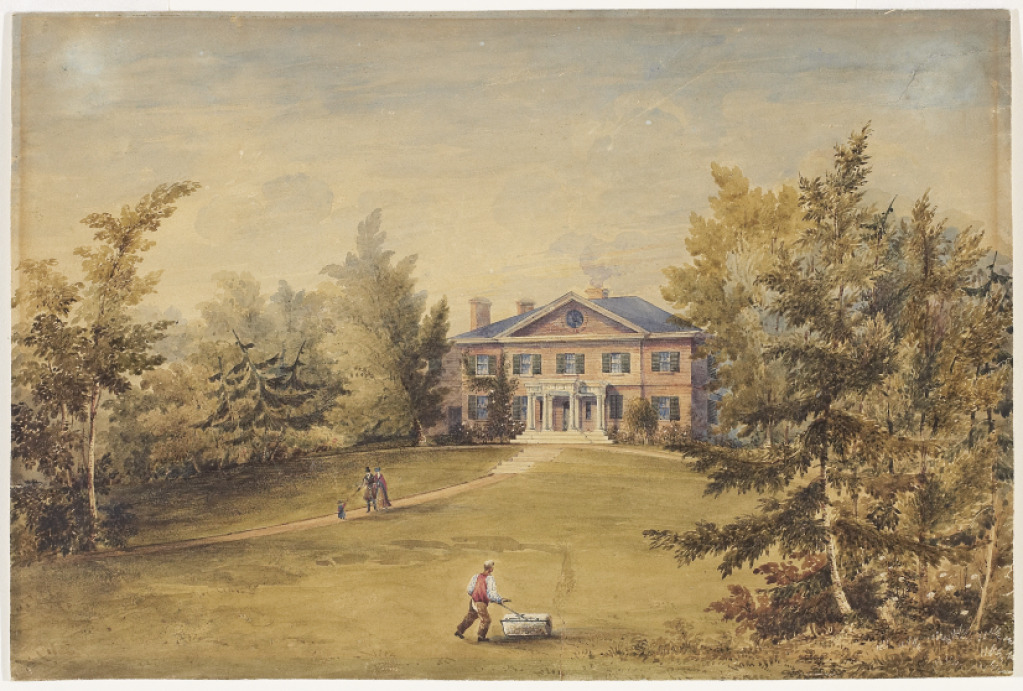
Watercolour of The Grange, Toronto, Canada
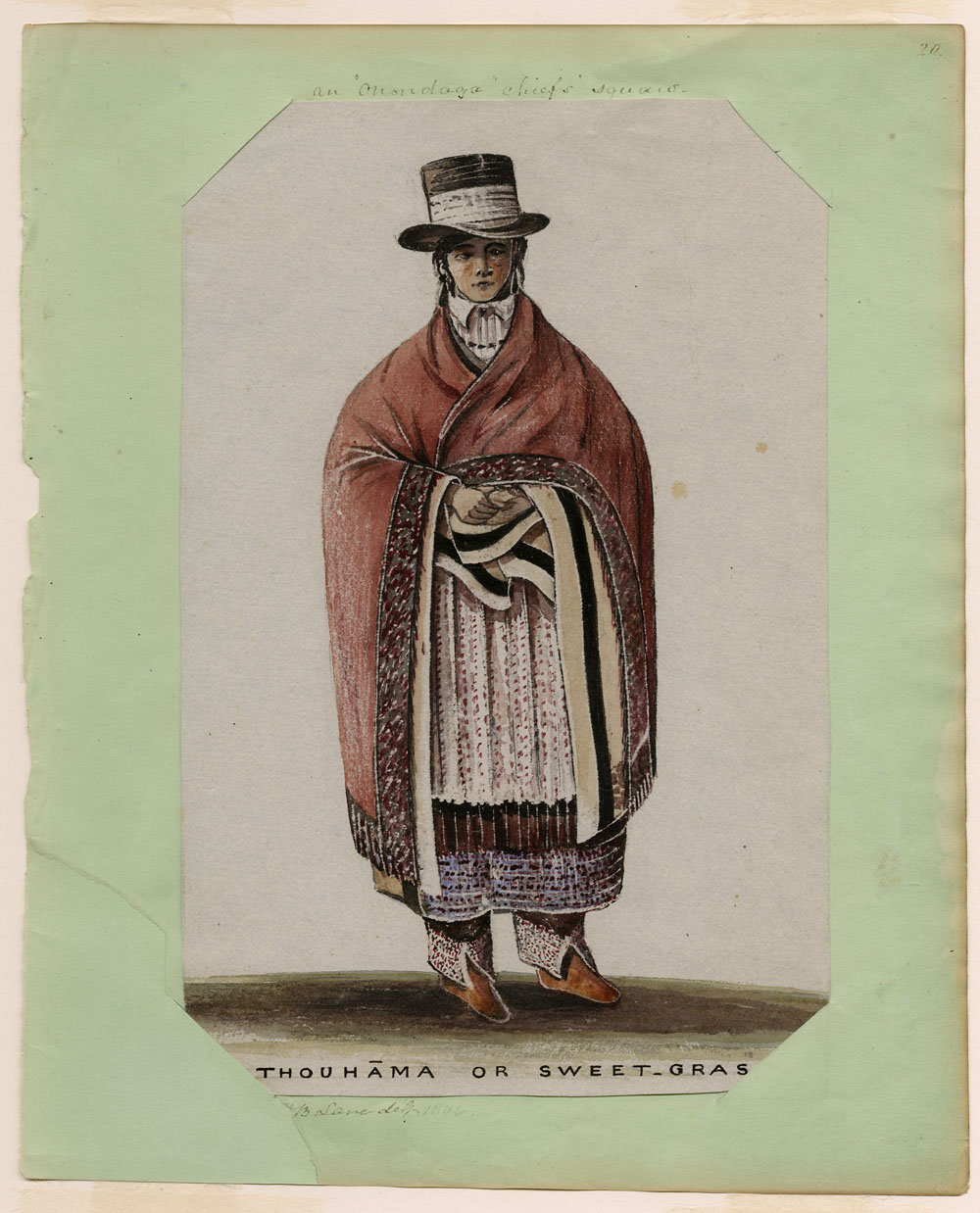
Watercolour by Henry Bowyer Joseph Lane of Thouhama (also known as Sweet-Grass) wife of an Onondaga Chief – one of the indigenous nations of Canada.
Once a private residence and home for a period to William Henry Muntz, the building became an hotel and then a pub, and is now a Madrassa.
This grade II listed building was constructed in 1820 as a private residence – Church Hill House – though it is said that there has been a house on this site since 1538.
Around the 1880s, it was occupied by the Muntz family, George Frederic Muntz’ second son William Henry Muntz having married Alice Parker, the second daughter of its occupant, George Parker, in 1846.
It later became a hotel, known as the Hill House Hotel and then the Endwood Hotel, before being purchased in 1937 by the brewers Butlers of Wolverhampton, who used it as a pub. That company, and thus the Endwood, was acquired by Mitchells & Butlers in 1960.
The building is now an Islamic education centre or Madrasa.
This sculpture by artist Luke Perry was inspired by the migrations to Handsworth by people from around the world. It is also a reference to the Windrush generation; Commonwealth citizens who came to the UK between 1948 and 1971 and named after the Empire Windrush which arrived at Tilbury Dock, London on 21 June 1948.
“The SS journey is a representation of the bow of a steam ship with a passenger looking into the distance and to their future.”
Created by artist Luke Perry the sculpture was inspired by the journey made by many people from the Caribbean to Handsworth in the 1950s and 60s. It also speaks to everyone who has come from other parts of Britain or further afield and chosen to make Handsworth their home.
The figure on the bow of the boat is cast in bronze and was modelled on Hector Pinkney MBE – better known locally as ‘Mr Handsworth.’
Sometimes called the “Cathedral or Westminster Abbey of the Industrial Revolution” St Mary’s, Handsworth is the resting place of Matthew Boulton, James Watt and William Murdoch. Also buried in the graveyard are Essau and Henty Smith, King and Queen of the Black Patch Romany Gypsies.
St Mary’s Church is a Grade II* listed building. The first stone church building was erected on the site around 1160. It was a small and austere Norman structure, occupying about half the present south aisle. The few surviving Norman features can be seen at the lower stages of the sandstone tower at what was originally the church’s east end. In its long history, St Mary’s has undergone successive reconstruction, especially in 1820 and again in 1870.
The church is noteworthy as the resting place of Matthew Boulton, James Watt and William Murdoch and has been variously described as the “Cathedral or Westminster Abbey of the Industrial Revolution”.
James Watt lived at Heathfield House in Handsworth and was the inventor of the separate condenser, the greatest single improvement ever made to the steam engine. Watt patented the invention in 1769 and later moved to Birmingham in 1775 to form a partnership with Matthew Boulton to manufacture steam engines. Initially the business was based at Soho Manufactory just off the Soho Road but then moved to a new site beside the canal and opposite what is now Black Patch Park in Smethwick. Many steam engines were shipped to plantations in the Caribbean where they were used to extract juice from sugar cane. Little is mentioned of Watt’s life before moving to Birmingham, but he had a significant role in managing his father’s business trading in slave-grown produce such as sugar and cotton.
The churchyard at St Mary’s is also the last resting place for at least 35 Romany Gypsies that died between 1889 and 1915. These include Esau Smith (King) and Sentenia (Henty) Smith (Queen) who all lived on the land that is now Black Patch Park in Smethwick.
As the term “Vale” suggests, this is a valley through which a stream flows (now underground) from Handsworth Park to the River Tame. The shops were built in the last decade of the 19th century and along with the pub (since demolished) was, and still is, the nearest thing Birchfield has to a centre – once a village – now an “urban village”.
 The Vale is a local shopping centre, where five roads converge on a small triangular public space with a large tree at its heart. There are photographs of the shops on Robert Road from about 1911 including: Brown – Family Butcher; J. Devey – Fruiterer & Florist; Patons – Knitting Wools; E.H. Hall – Drugstore & Post Office; and a Confectioner advertising Cadbury’s chocolate. It gives some indication of the relative wealth in this area of Birmingham at the end of the 19th and early 20th centuries.
The Vale is a local shopping centre, where five roads converge on a small triangular public space with a large tree at its heart. There are photographs of the shops on Robert Road from about 1911 including: Brown – Family Butcher; J. Devey – Fruiterer & Florist; Patons – Knitting Wools; E.H. Hall – Drugstore & Post Office; and a Confectioner advertising Cadbury’s chocolate. It gives some indication of the relative wealth in this area of Birmingham at the end of the 19th and early 20th centuries.
Wilton Road URC was built on land owned by the Lempriere family. George Philip Lempriere was a famous balloonist and aeronaut, and a founder member of the Midland Aero Club in 1909.
The land upon which the church now stands was originally occupied by a large house owned by the Lempriere family. The two daughters of the family were members of Westminster Road URC and one of the sisters – Jessie – gave the land to build a new church which opened in 1974. Jessie laid the foundation stone. Jessie’s father George Philip Lempriere was a famous balloonist.
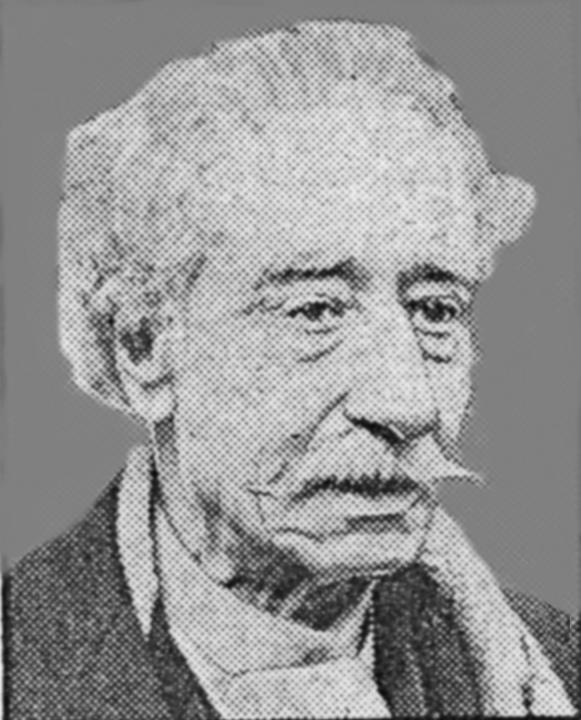 Born in 1854 in London he came to Handsworth as a young man and devoted himself to Aeronautics. Throughout his career as a balloonist, he performed at many events including fetes, galas, shows and gave lectures.
Born in 1854 in London he came to Handsworth as a young man and devoted himself to Aeronautics. Throughout his career as a balloonist, he performed at many events including fetes, galas, shows and gave lectures.
He stood in 1897 as an Independent Councillor in Soho Ward but was unsuccessful despite his unique campaign style – leafleting the public from his hot air balloons! In 1909 he founded along with Sir Francis and Herbert Pepper the Midland Aero Club – one of the oldest private flying clubs in the country.
He died on 20 February 1949 just short of his 95th birthday and is buried in Handsworth New Cemetery.

Captain Alfred John Loftus retired to 6 Grosvenor Road after a lengthy career at sea and a distinguished role as hydrographer to King Rama V of Siam (now Thailand). King Rama V had a British tutor – Anna Leonowens – who along with his father, King Rama IV, was portrayed in the musical – “The King and I”
The obituary in the Handsworth magazine of 1899 noted that “Handsworth has lost one of the most picturesque of her residents and the King of Siam is deprived of a faithful Consul.” Captain Alfred John Loftus FRGS retired to 6 Grosvenor Road, Handsworth after a lengthy career at sea that began at age 13.
After many adventures he became hydrographer to King Rama V of Siam (now Thailand) and was responsible for surveying coasts and rivers, telegraph and railway routes and in charge of the observatory for recording eclipses of the Sun. Rama V (1868 – 1910) was son of King Mongkut (Rama IV) who was portrayed by Yul Brunner in the film “The King and I” and was taught by Anna Leonowens who was appointed governess to the royal children. For several years “The King and I” was banned in Thailand, because it was said to be historically inaccurate and unfair to the late king.

Welcome to the Birchfield Heritage Trails
The two Birchfield Heritage Trails – Green and Red – aim to celebrate the history and diverse cultural heritage of this area of Birmingham situated north of the city-centre and a short distance from the Alexander Stadium – home to the Birchfield Harriers and one of the main venues for the Commonwealth Games 2022.
The two trails form part of twenty heritage trails across the city funded through the Commonwealth Games Legacy Fund.
The trails reveal some of the hidden secrets of the Birchfield area, how the place has changed over time and the many links between Birchfield and other parts of the world including Commonwealth countries. The trails raise questions about aspects of Britain’s colonial history, the impacts of which continue to the present day.
A guided tour of the Green Trail was organised for Birmingham Heritage Week 2022 and printed copies of this trail are available. The second – Red Trail – is now complete and we plan to run guided tours of both in the coming year, including during Birmingham Heritage Week 2023.
We also want to encourage people to explore Birchfield on their own or with friends and family as part of a self-guided tour – hence the map, leaflet and QR code.
The two trails touch on just a small part of the history and heritage of the area so we are keen to learn about and document other stories and connections that help put Birchfield on the map.
The Red Trail
Home in 1872 to James Henry Stone – brother of MP and photographer Sir Benjamin Stone, the building later became the Hollick and Taylor Studios – and is reputed to be the second oldest operational recording studio in the UK after Abbey Road in London.

Built in 1872, this former five-bedroomed house, was originally the home of James Henry Stone a local JP and Brass Founder (1829 – 1908). His business was based at 4 – 5 St Paul’s Square and there are many patents for the design of ornamental metal goods registered in his name at the National Archives, Kew. He was instrumental in the opening of Victoria Park – the extension of what is now Handsworth Park in June 1888 and was also involved in the opening of Handsworth Library. James was still living at Cavendish House in 1901 with his daughter Clara.
There exists a photograph of James Henry (dated 1880) and of the house and garden taken by his brother Sir Benjamin Stone. James died in 1908 and is buried in St Mary’s churchyard alongside his wife Elizabeth and Edith and Frank, two of his seven children.
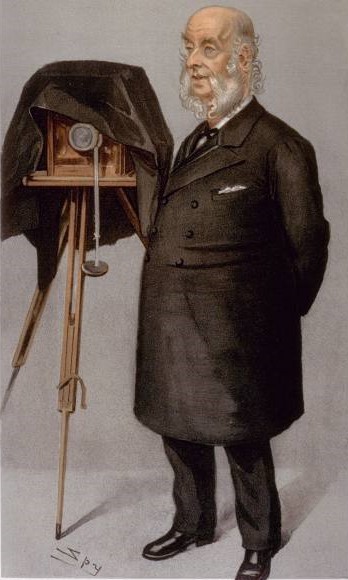 His brother was Sir Benjamin Stone (1838 – 1914), Member of Parliament and keen documentary photographer. He was a local Conservative politician and MP for Birmingham East from 1895 to 1909. Sir Benjamin Stone travelled widely taking documentary photographs and as an MP had unique access to the Palace of Westminster taking photographs of MPs, officials and visiting dignitaries from all over the world. He was in parliament at a time when arguably British Imperialism was at its height. One of his photographs is of fellow Birmingham MP and Colonial Secretary, Joseph Chamberlain. Both Chamberlain and Stone died on the same day – 2nd July 1914. Stone’s collection of photographs is housed in Birmingham Central Library and examples of his work can be found in the National Portrait Gallery and Victoria and Albert Museum.
His brother was Sir Benjamin Stone (1838 – 1914), Member of Parliament and keen documentary photographer. He was a local Conservative politician and MP for Birmingham East from 1895 to 1909. Sir Benjamin Stone travelled widely taking documentary photographs and as an MP had unique access to the Palace of Westminster taking photographs of MPs, officials and visiting dignitaries from all over the world. He was in parliament at a time when arguably British Imperialism was at its height. One of his photographs is of fellow Birmingham MP and Colonial Secretary, Joseph Chamberlain. Both Chamberlain and Stone died on the same day – 2nd July 1914. Stone’s collection of photographs is housed in Birmingham Central Library and examples of his work can be found in the National Portrait Gallery and Victoria and Albert Museum.
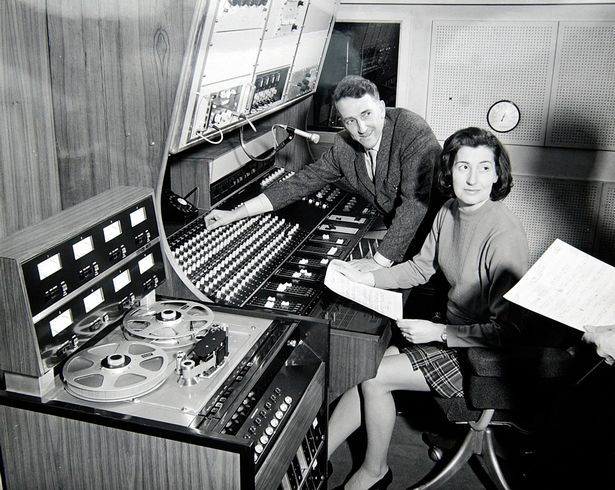
The house was acquired in 1945 by John and Joan Taylor as a family home. Shortly afterwards the Taylors converted part of the building into a recording studio and teamed up with Charles Hollick to create the Hollick & Taylor studios. It is the oldest operational recording studio in the city and reputedly second oldest in the UK after Abbey Road.
 Both Noddy Holder (with Steve Brett & the Mavericks) and John Bonham (with The Senators) made their first recordings at Grosvenor Road before joining Slade and Led Zeppelin respectively. During the 1960’s Brum Beat era bands such as The Move, Spencer Davies Group, The Moody Blues, The Applejacks and The Fortunes all recorded here. The Brighouse and Rastrick Brass Band’s hit The Floral Dance and Jasper Carrott’s double A-side comedy single Funky Moped/Magic Roundabout were also recorded at GRS. Into the 70’s and 80’s, reggae legends such as Jimmy Cliff and Steel Pulse rehearsed and recorded at the studios.
Both Noddy Holder (with Steve Brett & the Mavericks) and John Bonham (with The Senators) made their first recordings at Grosvenor Road before joining Slade and Led Zeppelin respectively. During the 1960’s Brum Beat era bands such as The Move, Spencer Davies Group, The Moody Blues, The Applejacks and The Fortunes all recorded here. The Brighouse and Rastrick Brass Band’s hit The Floral Dance and Jasper Carrott’s double A-side comedy single Funky Moped/Magic Roundabout were also recorded at GRS. Into the 70’s and 80’s, reggae legends such as Jimmy Cliff and Steel Pulse rehearsed and recorded at the studios.
Working together in the studio, John and Jean Taylor also made recordings for film and television, including the original sound effects for Gerry Anderson’s series Thunderbirds and Stingray. They helped develop a lip synch mechanism that was later used on Captain Scarlet. Dubbing was also done at the studios including for the 1961 film The Guns of Navarone.
Old Mill Grove – once the location of Handsworth Steam Flour Mill and Handsworth and Perry Barr Brewery. Mill House is still standing and undergoing reconstruction. A stream passes under the site before joining the River Tame. Was this once the location of a water mill?
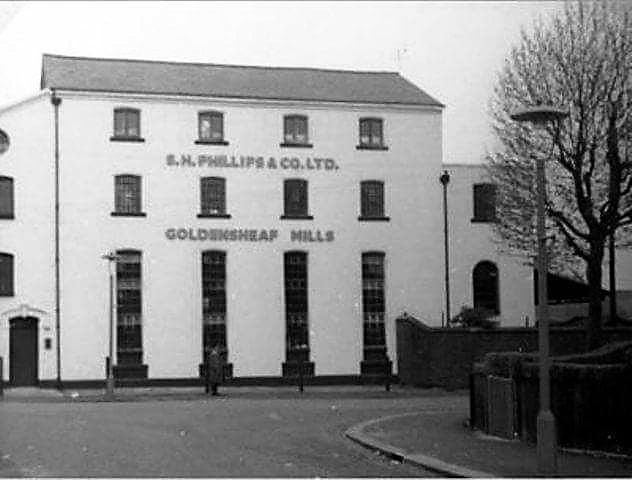 The flour mill was built in 1857 and was operated by John Drew and Sons till 1958. The mill produced both self-raising and plain flour which was packed into linen or paper bags. The mill was enlarged twice, once between 1897 and 1899 and again between 1903 and 1907.
The flour mill was built in 1857 and was operated by John Drew and Sons till 1958. The mill produced both self-raising and plain flour which was packed into linen or paper bags. The mill was enlarged twice, once between 1897 and 1899 and again between 1903 and 1907.
There is a photograph of the mill in 1968 by which time it had become known as Golden Sheaf Mills and was operated by S.H. Phillips and Co. Ltd Flour packers. The mill was sold in 1992 to Lucas Ingredients Ltd and was closed in 1993 following the transfer of the business to Harrogate in North Yorkshire.
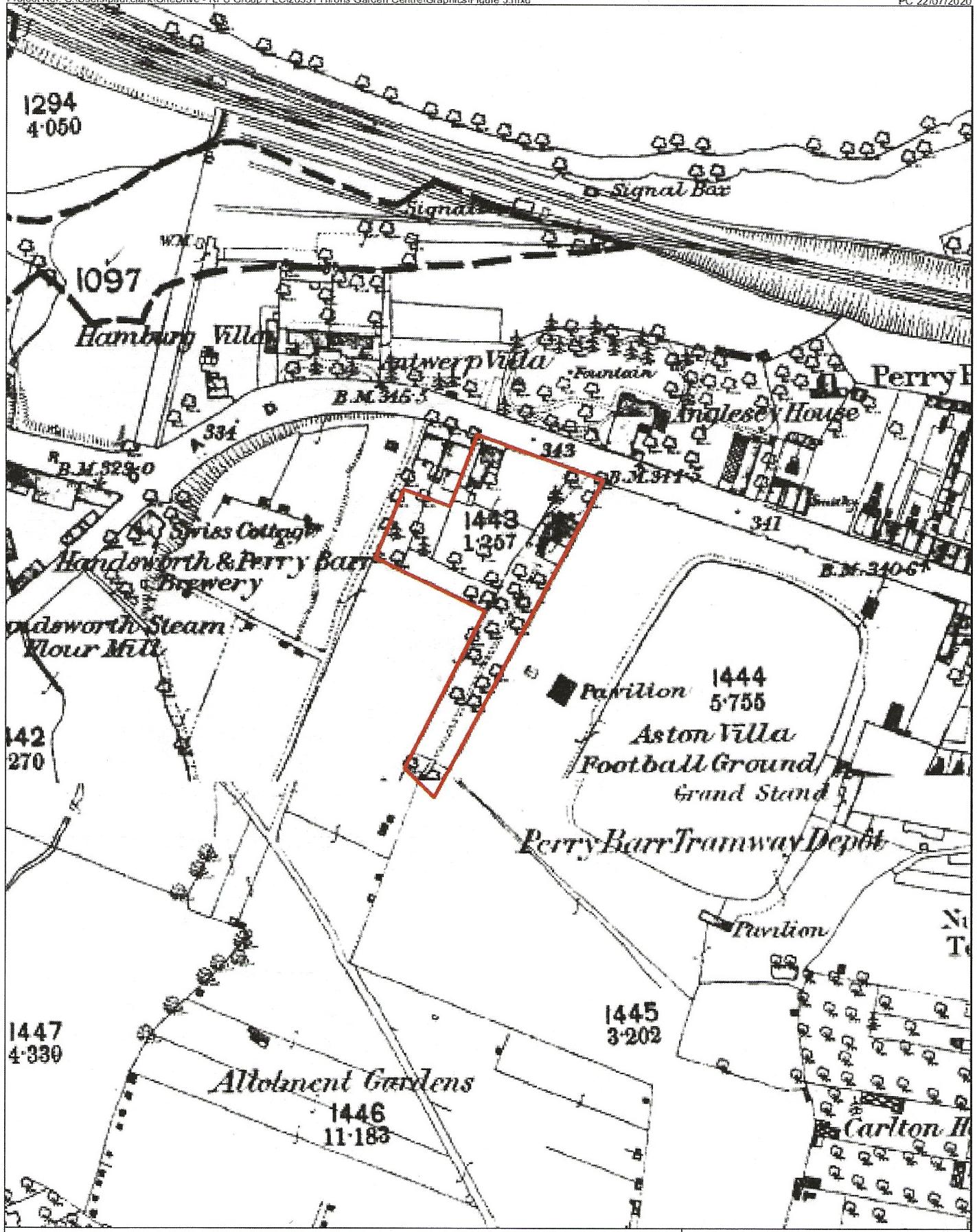
Site of a 2nd century Romano-British pottery kiln on what was once Hirons Garden Centre. There is evidence of occupation from the late 1st or early 2nd century AD. The site was first excavated in 1959 and some of the pottery is in the care of Handsworth Historical Society. A second excavation has been carried out in preparation for the redevelopment of site for housing.
In 1959 the remains of a 2nd century Romano-British pottery kiln were discovered by a Mr F W Jolly in his back garden at 224 Wellington Road. The site later became part of Hirons Garden Centre. The kiln products included handled tankards in buff ware, lids, jars, and bowls. Also found was a range of pottery not produced at the kiln, which indicated a settlement nearby during the later 1st or early 2nd century. Some of the pottery is now in the care of Handsworth Historical Society. The line of the Roman Road, Ryknild or Ryknield Street, which runs from Bourton on the Water in what is now Gloucestershire to Templeborough in South Yorkshire, is about 0.5km to the East of the kiln site. The road probably crossed the River Tame via a ford at Holford just downstream from the Zig Zag Bridge built in 1709 and the Aldridge Road.
The Hirons Garden Centre is being redeveloped for housing and an archaeological investigation is being carried out prior to any building work.
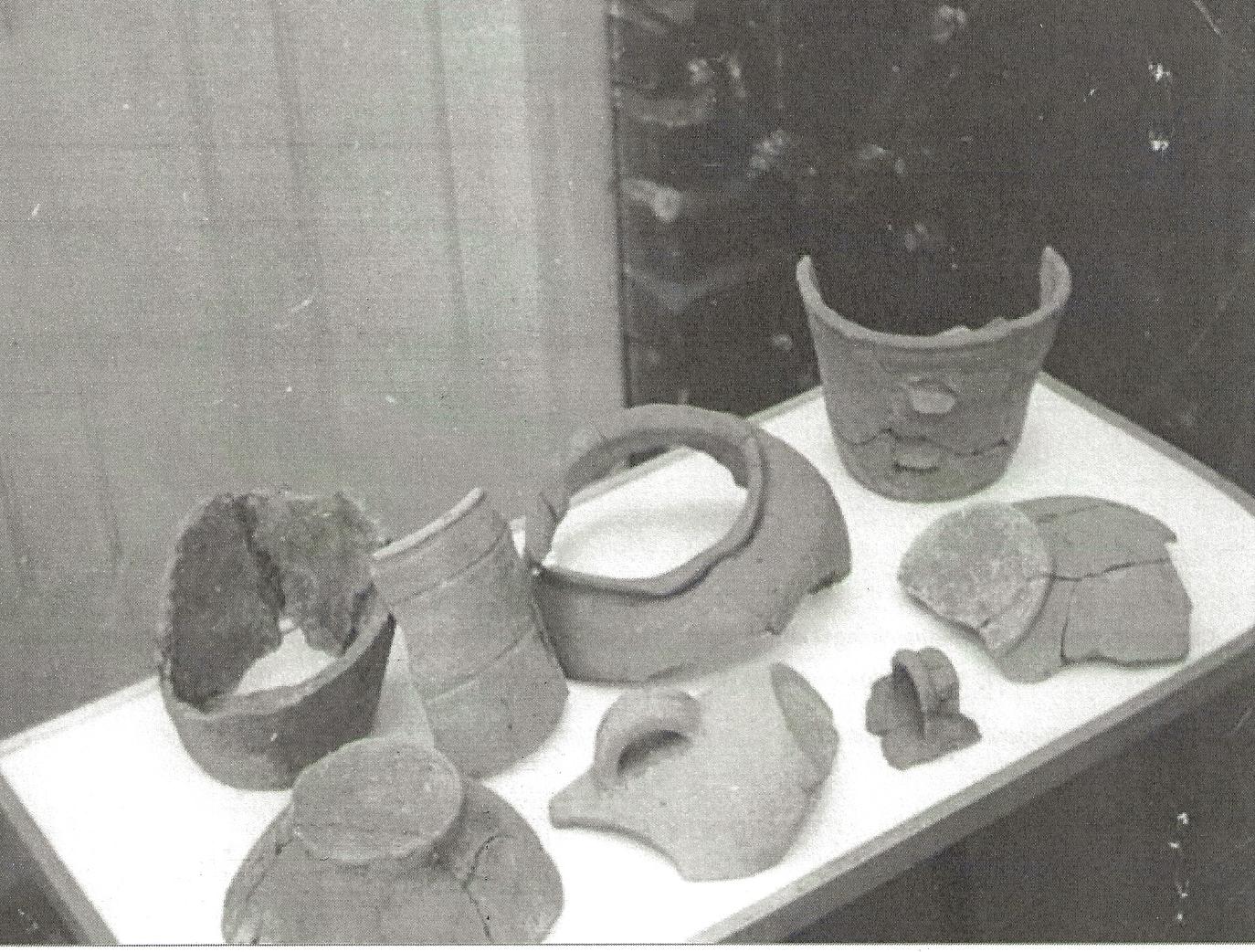 A Roman coin hoard was found 90 metres to the west of the kiln site near the track that crosses the allotments and a single Roman coin in a garden on Putney Road. (Note: a hoard is anything more than 3 coins!)
A Roman coin hoard was found 90 metres to the west of the kiln site near the track that crosses the allotments and a single Roman coin in a garden on Putney Road. (Note: a hoard is anything more than 3 coins!)
Site of Aston Villa’s first permanent football ground which was occupied from 1876 to 1897 when the ground relocated to its present site at Aston Lower Grounds, now Villa Park. Villa were one of the founder members of the Football League and the first league match was played at Wellington Road on 15 September 1888.
The area off Wellington Road now occupied by Leslie and Willmore Roads was once the location of the Aston Villa football ground. It was the home ground of Aston Villa from 1876 until 1897.
At first there were no spectator facilities and players changed in a nearby blacksmith’s shed. A hayrick was kept on the pitch, which had to be removed prior to matches. However, the ground was gradually improved, with a grandstand built on the eastern touchline and two pavilions built on the western touchline and behind the southern goal line.
The ground’s record attendance of 26,849 was set for an FA Cup fifth round match against Preston North End on 7 January 1888. Preston won 3–1, and the match was marred by a huge pitch invasion, the first serious incidence of crowd trouble in English football. Later in 1888 Villa were founder members of the Football League, and the first League match was played at Wellington Road on 15 September 1888, with Villa beating Stoke 5–1 in front of 2,000 spectators. William McGregor was one of the founder members of Aston Villa FC and was instrumental in the formation of the Football League in 1888. He is buried in the graveyard at St Mary’s Church, Handsworth.
During the 1890s Wellington Road was used to host two FA Cup semi-finals. In 1889–90 it hosted the Bolton Wanderers–The Wednesday match (1–2), and in 1895–96 hosted the Derby County–Wolverhampton Wanderers game (also 1–2). It was also used as a home venue for the England team, hosting a British Home Championship match on 25 February 1893, with England beating Ireland 6–1. However, with an uneven pitch and growing crowds, it became increasingly apparent that a new ground was required. Villa moved to Villa Park towards the end of the 1896–97 season, with the last league match played at Wellington Road on 22 March 1897. Villa beat Bolton Wanderers 6–2, with a crowd of 8,000 in attendance.
“Willmore Road” – Commonwealth Games Festival 2022
“Willmore Road” by local musicians Kate Luxmoore and Lekan Babalola is one of eleven tracks on a new album “On Record” specially produced and commissioned by Birmingham Music Archive for the Birmingham 2022 Festival. This all-star Birmingham record also features UB40, Dapz on the Map, Friendly Fire Band, SANITY ft Black Voices, and Xhosa Cole with Soweto Kinch.
Perry Barr Odeon Cinema – now the Royale Suite – was the first cinema to carry the Odeon name in the UK. The Odeon cinema chain was founded by Oscar Deutsch, born in Birmingham of Jewish parents who emigrated from Hungary to escape antisemitism. The Odeon chain grew to 250 cinemas and remains the largest cinema chain in the UK and Ireland.
The Odeon cinema – opened in 1930 – was the first in the UK to carry the Odeon name which was to become such a feature of British social life. The Odeon chain of cinemas is still the largest in the UK and Ireland. The cinema chain was founded by Oscar Deutsch and is named after the Greek and Roman name for a place (amphitheatre) for performances of music and poetry though it is sometimes said to be an acronym for Oscar Deutsch Entertains Our Nation.
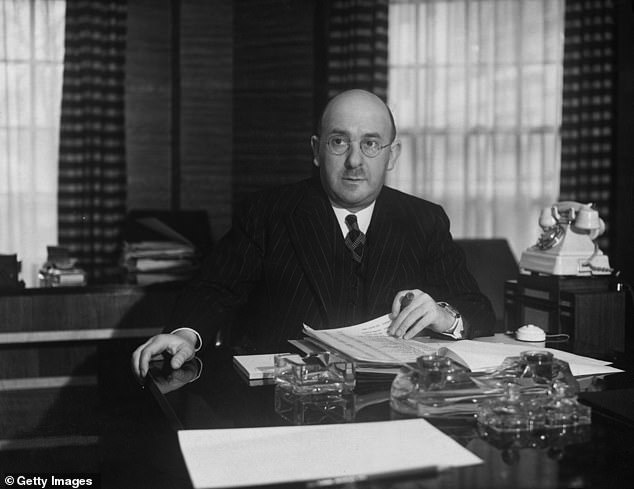
Born in Balsall Heath, Birmingham in 1893, Oscar’s parents had emigrated from Hungary to escape the growing antisemitism in Europe. Oscar Deutsch established his cinema empire with incredible speed. By 1937 there were 250 Odeons including the flagship cinema at Leicester Square in London. He died in 1941 aged 48. His wife Lillian played a key role in the interior design of the Odeon cinemas. The last film screened at Perry Barr was Dean Martin’s “The Wrecking Crew” on 3 May 1969. The building later became a bingo hall and is now the Royale Suite Banqueting Palace.
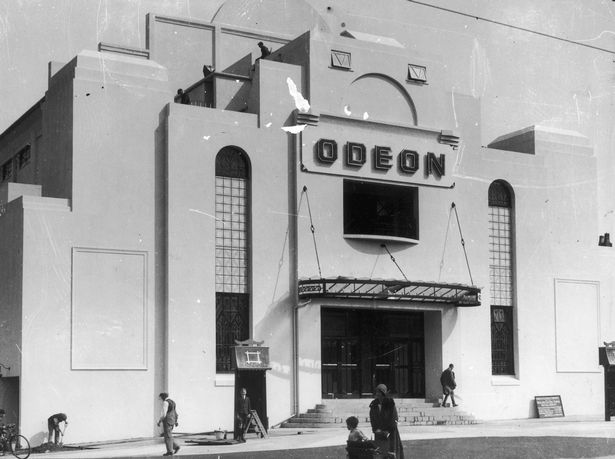
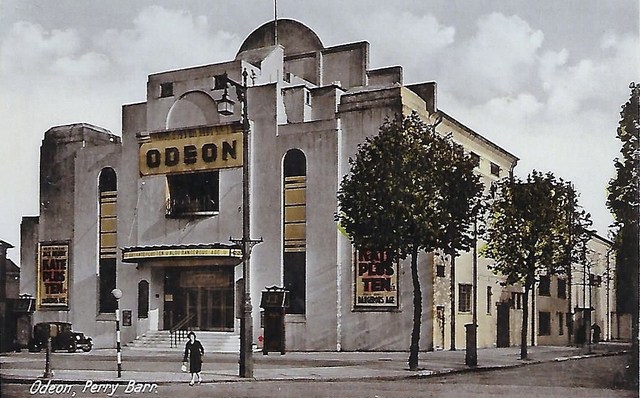
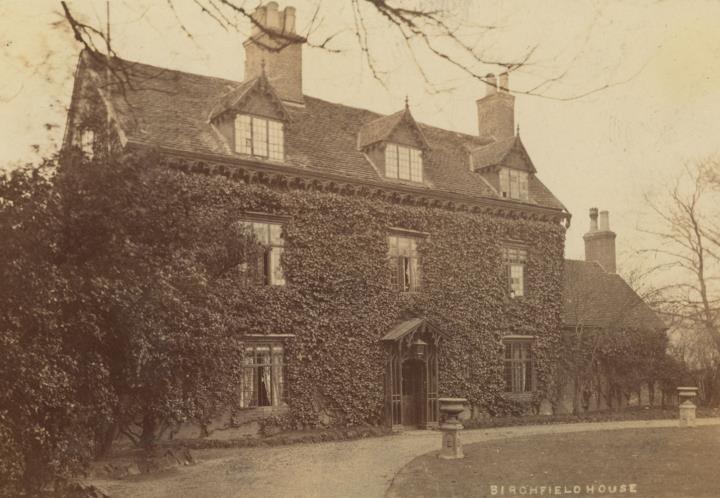
Birchfield House once occupied the green space at the corner of Heathfield and Birchfield Road. It was acquired in 1833 by clock-dial maker Samuel Wilkes, one of the most prolific dial makers in nineteenth century Birmingham. Wilkes was living at Birchfield House in 1849 and opened his gardens to the public.
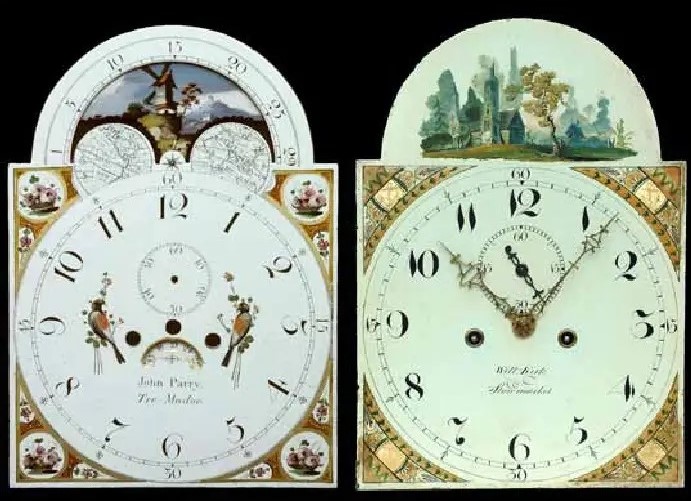 He aspired to climb the social ladder, speculated in property, and acquired a collection of Old Master paintings but following an economic downturn, stagnant prices, and reduced demand for tall “Longcase” clocks he was declared bankrupt in 1850.
He aspired to climb the social ladder, speculated in property, and acquired a collection of Old Master paintings but following an economic downturn, stagnant prices, and reduced demand for tall “Longcase” clocks he was declared bankrupt in 1850.
A large house with extensive grounds once occupied the site between the junction of Heathfield/Birchfield Road and what is now Haughton Road. The house appears on the Ordnance Survey map for 1815 (revised 1833) and was described in 1833 as comprising seven bedrooms, library, dining room, drawing room, parlour, best and cooking kitchens, laundry, coach house, barn, four-stall stable, walled-in garden, hot-house, shrubberies, pleasure grounds and large front garden. Altogether it covered 7 acres.
The house was occupied by George Joseph Green who was probably a tenant of clock dial maker Samuel Wilkes. Wilkes’ business was based at Whittall Street in the city centre. He was one of the most prolific dial-makers in nineteenth-century Birmingham. While his dials are not regarded as anything special, he had an interesting life that has been well documented by John A Robey.
He married into the Heaton family who were important engineers and manufacturers, engaged in property speculation, climbed the social ladder, and amassed a collection of Old Master paintings before becoming bankrupt in 1850. He was last recorded as a metal dealer. After the bankruptcy he appears to have separated from his wife and children and disappears from the public record.
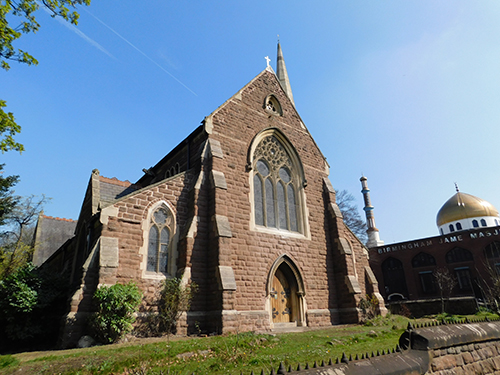
Designed by architect JA Chatwin, Holy Trinity Church was dedicated in 1864. Reverend Cannon Eve Pitts is the present vicar and was the first Black women to become a priest in the Church of England. Reverend Eve has spent decades fighting racism and campaigned for 1st August to be recognised as Emancipation Day as that was the day that the Slavery Abolition Act 1833 came into force.
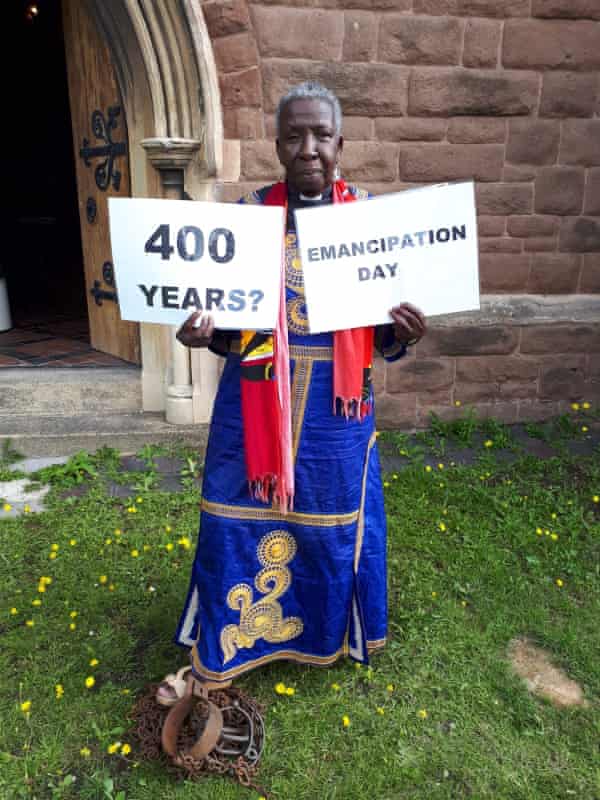
Holy Trinity Church is a Grade 2* listed parish church consecrated in 1864 by the then Bishop of Lichfield, John Lonsdale. The church was designed by architect JA Chatwin and has a good collection of stained glass by some of the best Victorian manufacturers. Reverend Canon Eve Pitts became vicar in 2010 and was one of the first black women ordained priest in the Church of England, and the first to become a vicar. She is known for being outspoken against discrimination. She is a supporter of Emancipation Day – 1st August – which is the day that the Slavery Abolition Act 1833 came into force.
On the other side of Trinity Road is Jame Masjid. The Mosque was built in 1988 and originally named the Sadam Hussein Mosque as a mark of gratitude after a £2 million donation towards its construction from Iraq. However, following the Gulf Wars of 1991 and 2003, the Mosque became a target of attacks, including arson, and was renamed Jame Masjid.
Aston Villa are reputed to have played their first match on the land now occupied by houses at Wilson Road. They played against a local rugby football team Aston Brook St Mary’s and the first half of the game was played under rugby rules and the second half using football rules. Villa won 1-0.
Legend has it that four members – Jack Hughes, Frederick Matthews, Walter Price, and William Scattergood – who belonged to the Villa Cross Wesleyan Chapel cricket team met in 1874 under a gas light in Heathfield Road to form a new club. They were looking for a sporting pursuit to keep them occupied during the long winter months and turned their attentions to football after witnessing an impromptu game on a meadow off Heathfield Road.
Where the terraced houses bedecked with murals now stand in Wilson Road is where Aston Villa Football Club played their first official game. In March 1875 Aston Villa played against a local rugby football team Aston Brook St Mary’s. The first half of the game was played using rugby rules ending 0-0. The second half was then played using football rules from the Association (Sheffield) code. Villa won the game 1-0 with a goal scored by Jack Hughes. The ball used for the game was hired out for the afternoon for 1/6d.
Villa played home games at both Wilson Road & Aston Lower Grounds up until 1876 when they moved to their first permanent home at Wellington Road and in 1888 were one of the twelve founder members of the Football League. In 1897 Villa moved to Aston Lower Grounds where they have remained ever since.
WELD (Westminster Endeavour for Liaison and Development) was a community project set up in 1968 by two local Primary School teachers. It had art and photography at its centre and several well-known Birmingham based photographers were associated with it, including John Reardon, Derek Bishton, Brian Homer and Pogus Caesar.
Some residents still fondly remember WELD (Westminster Endeavour for Liaison and Development), a community project set up in 1968 by two local Primary School teachers. The idea was to provide support, resources, and opportunities for young people that they would not otherwise get. Art was used to give young people a vision of the possibilities beyond the confines of the inner city.
WELD was the first such organisation in the UK to employ a community photographer. Colin Cuthbert was the first and he was followed by Jon Stewart. Colin studied at the famed photography course at Dorrington Road with John Reardon. In 1979, John Reardon, Derek Bishton and Brian Homer created the Handsworth Self Portrait Project where local people were invited to pose in a makeshift studio and click the shutter themselves by means of an extension cable. In the same year, the three also founded Ten.8 a magazine to promote the work of Birmingham photographers. In 1984, Derek Bishton and John Reardon collaborated on “Home Front” a book about Handsworth with an introduction by Salman Rushdie. Photographer and artist Pogus Caesar taught children art at the WELD Community Arts Saturday School. WELD closed its doors in the early 1990s.
Street names can reveal a lot about the history of an area.
As Birmingham expanded in the nineteenth century many streets were named after notable local or national figures or significant events. Examples in Birchfield include Hutton Road, named after William Hutton, Birmingham’s first historian, and Calthorpe Road, named after the Calthorpe family who were major landowners with connections to Perry Hall. Other street names such as Wellington Road, Livingstone Road, and Havelock Road record national figures and are a reminder of Britain’s colonial past.
Westminster Road and adjoining streets such as Livingstone Road and Havelock Road include many Victorian Villas built to house the growing middle classes in the late 19th Century, for example Oxford Villas and Cambridge Villas (1874). Opposite Westminster Primary School is the site of a Congregational Church opened in 1882. The Sunday School buildings still survive and are now occupied by The Salvation Theatre. Westminster Road Congregational Church combined with another similar church – Union Row – and moved to a new building at Wilton Road, opening in 1974.
The’Vertical Hold’ artshow was held in a large Victorian villa on Westminster Road just prior to demolition in 2002. It featured the work of several local artists and photographers such as Herbert Walters, Vanley Burke, and Colin Gabbidon.
As in many towns and cities, streets were often named after key figures in Britain’s colonial history. Examples in Birchfield include Wellington Road, Livingstone Road, and Havelock Road.
Livingstone Road is named after David Livingstone (1813 – 1873) famous Scottish doctor, pioneer Christian missionary with the London Missionary Society, and explorer in Africa. Livingstone was one of the most popular British heroes of the late Victorian era. Today his legacy is considered more problematic as his explorations helped open up the interior of the continent which eventually led to the colonisation of Africa by the European powers.
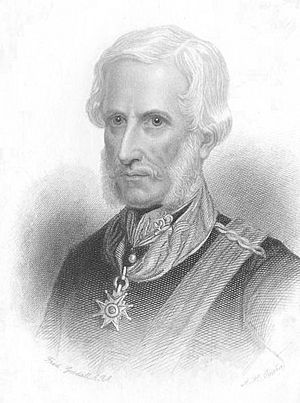 Havelock Road is named after Major-General Sir Henry Havelock (1795 – 1857) who is known for the recapture of Cawnpore (now Kanpur) and relief of Lucknow (both in Uttar Pradesh, northern India) during what is variously called the Indian Rebellion, First War of Independence, or Sepoy Mutiny. It was a major uprising in India in 1857–58 against the rule of the British East India Company, which functioned as a sovereign power on behalf of the British Crown. There were atrocities, including civilians, on both sides in the rebellion, but it is alleged that an estimated 100,000 non-combatants were murdered in Cawnpore and Lucknow by the British Army. The rebellion saw the end of the East India Company’s rule in India. The Company was abolished, and the government of India transferred to the British Crown, creating the British Raj. A secretary of state for India was appointed and the Crown’s viceroy became head of the government. Queen Victoria was crowned Empress of India in 1877.
Havelock Road is named after Major-General Sir Henry Havelock (1795 – 1857) who is known for the recapture of Cawnpore (now Kanpur) and relief of Lucknow (both in Uttar Pradesh, northern India) during what is variously called the Indian Rebellion, First War of Independence, or Sepoy Mutiny. It was a major uprising in India in 1857–58 against the rule of the British East India Company, which functioned as a sovereign power on behalf of the British Crown. There were atrocities, including civilians, on both sides in the rebellion, but it is alleged that an estimated 100,000 non-combatants were murdered in Cawnpore and Lucknow by the British Army. The rebellion saw the end of the East India Company’s rule in India. The Company was abolished, and the government of India transferred to the British Crown, creating the British Raj. A secretary of state for India was appointed and the Crown’s viceroy became head of the government. Queen Victoria was crowned Empress of India in 1877.


